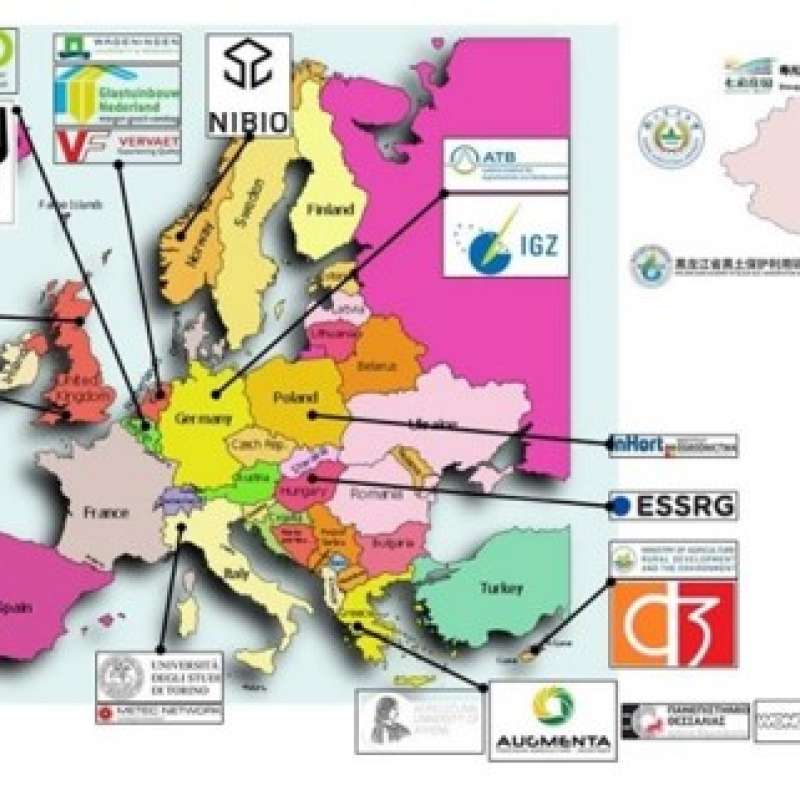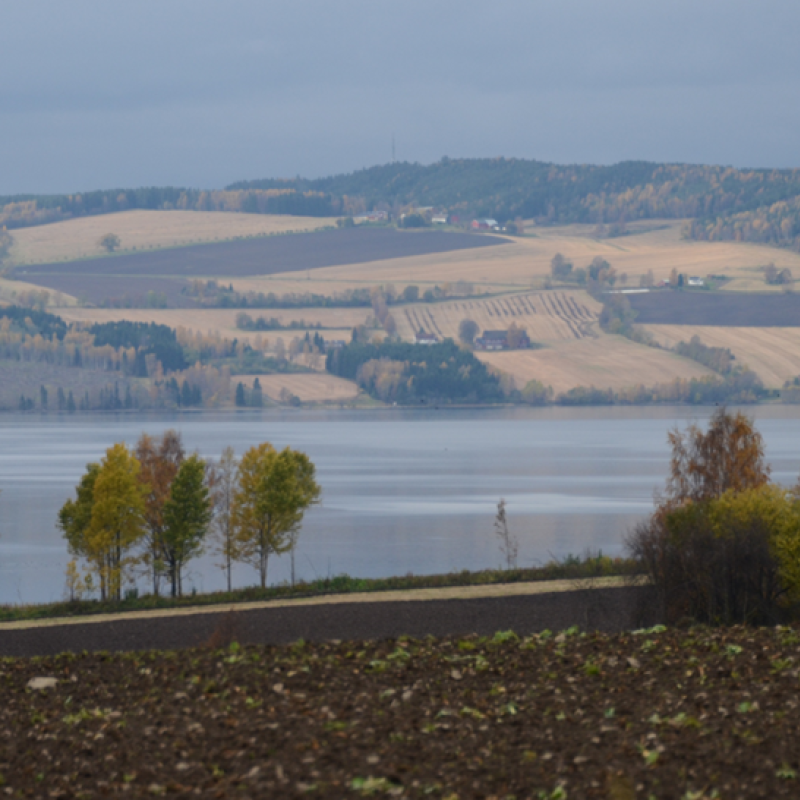Marianne Bechmann
Research Professor
(+47) 412 19 506
marianne.bechmann@nibio.no
Place
Ås O43
Visiting address
Oluf Thesens vei 43, 1433 Ås
Attachments
CV per September 2018Biography
Authors
Jian Liu Hilmar Tor Sævarsson Marianne Bechmann Tore Krogstad Tomas Persson Anne Falk ØgaardAbstract
No abstract has been registered
Abstract
No abstract has been registered
Authors
Jian Liu Faruk Djodjic Barbro Ulén Helena Aronsson Marianne Bechmann Lars Bergström Tore Krogstad Katarina KyllmarAbstract
No abstract has been registered

Division of Food Production and Society
ECONUTRI
Innovative concepts and technologies for ECOlogically sustainable NUTRIent management in agriculture aiming to prevent, mitigate and eliminate pollution in soils, water and air

Division of Food Production and Society
Agricultural mitigation measures and the value of water quality improvements
Agriculture is one of the main sources of water pollution in Norway, and an important contributor to GHG emissions.
